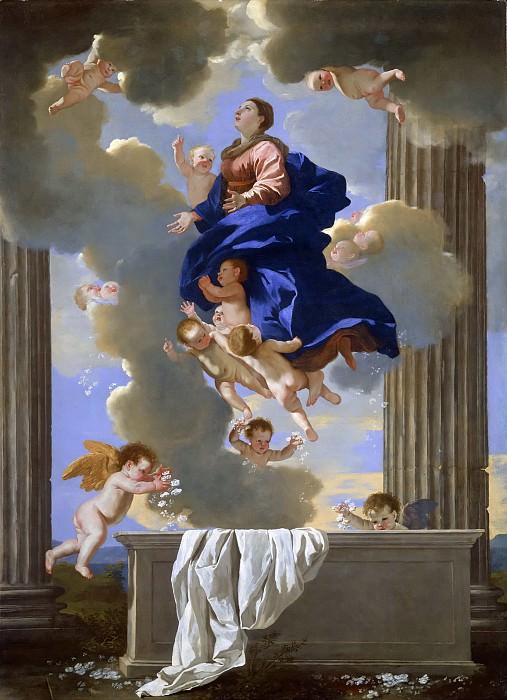Jean Arp: The Essence of Abstract Art
Introduction to Jean Arp
Jean Arp, also known as Hans Arp, was a pivotal figure in the development of abstract art in the 20th century. Born on September 16, 1886, in Strasbourg, Arp's artistic journey traversed several influential movements, including Dadaism and Surrealism. His work is characterized by organic shapes, biomorphic forms, and a deep exploration of abstraction. Arp's legacy continues to influence contemporary art, making him a seminal figure worth exploring in depth.
Early Life and Education
Jean Arp was born to a French mother and a German father, a background that influenced his identity and artistic approach. He attended the École des Arts et Métiers in Strasbourg before moving to Paris in 1904, where he studied at the Académie Julian. Arp's early exposure to the vibrant Parisian art scene laid the foundation for his innovative approach to art.
In his early years, Arp was influenced by the works of Symbolist poets and artists, which can be seen in his initial forays into poetry and visual arts. His artistic endeavors were not confined to one medium, as he explored painting, sculpture, and poetry, often blending these disciplines in unique ways.
The Birth of Dadaism
Arp's involvement with the Dada movement marked a significant turning point in his career. Founded in Zurich during World War I, Dadaism was a radical art movement that sought to challenge traditional notions of art and culture. Arp, along with other Dadaists, embraced chaos and irrationality as a response to the horrors of war and the perceived failures of society.
Arp's contributions to Dadaism were profound. He created collages, reliefs, and sculptures that embodied the movement's spirit of spontaneity and absurdity. One of his notable works from this period is "Collage with Squares Arranged according to the Laws of Chance" (1916-1917). This piece exemplifies his use of chance and randomness as artistic tools, a concept that would become a hallmark of his work.
Transition to Surrealism
In the late 1920s, Arp's artistic direction shifted towards Surrealism, a movement that sought to unlock the unconscious mind and explore the realm of dreams and fantasies. His Surrealist works often featured biomorphic shapes and abstract forms that seemed to float in a dreamlike space. These forms were inspired by nature and organic structures, reflecting Arp's fascination with the natural world.
One of Arp's significant contributions to Surrealism is his series of "Constellations." These works, created in the 1930s, consist of painted wooden reliefs and sculptures that resemble constellations of stars or celestial bodies. The fluid, organic shapes in these pieces evoke a sense of movement and transformation, capturing the essence of Surrealist exploration.
The Essence of Arp's Art
At the core of Jean Arp's art is his exploration of abstraction and the use of organic forms. Arp believed that art should transcend the material world and connect with the spiritual and emotional realms. His work often features smooth, flowing lines and shapes that mimic the forms found in nature, such as leaves, stones, and human bodies.
Arp's sculptures, in particular, showcase his mastery of form and texture. He often used materials like marble, bronze, and plaster to create pieces that invite tactile interaction. Works like "Human Concretion" (1935) and "Sculpture to be Lost in the Forest" (1932) exemplify his ability to transform solid materials into seemingly fluid, living forms.
Collaboration and Influence
Throughout his career, Jean Arp collaborated with numerous artists and poets, including Sophie Taeuber-Arp, his wife and fellow artist. Their collaborative works blur the lines between art and craft, merging painting, sculpture, and textile design. Together, they created innovative works that challenged traditional artistic boundaries.
Arp's influence extended beyond his immediate circle of collaborators. His approach to abstraction and organic forms left a lasting impact on later movements, including Abstract Expressionism and Minimalism. Artists like Henry Moore and Barbara Hepworth drew inspiration from Arp's biomorphic shapes and integrated similar forms into their own work.
Legacy and Continued Relevance
Jean Arp's legacy endures in the world of contemporary art. His exploration of abstraction and his embrace of organic forms continue to inspire artists and art enthusiasts alike. Major art institutions around the world, including the Museum of Modern Art in New York and the Tate Modern in London, house significant collections of Arp's work, ensuring that his contributions to modern art remain accessible to future generations.
Arp's philosophy of art as a means of connecting with the spiritual and emotional realms resonates with today's artists who seek to push the boundaries of traditional media and explore new ways of expression. His work encourages a contemplative approach to art, inviting viewers to engage with the forms and textures on a deeper, more intuitive level.
Conclusion
Jean Arp's art is a testament to the power of abstraction and the beauty of organic forms. His journey from the early days of Dadaism to his explorations in Surrealism and beyond showcases his versatility and innovation as an artist. Through his sculptures, reliefs, and collages, Arp created a unique visual language that continues to inspire and captivate audiences worldwide.
As we reflect on Arp's contributions to modern art, we are reminded of the importance of embracing spontaneity, chance, and the natural world in our creative endeavors. Jean Arp's work encourages us to look beyond the surface and connect with the deeper essence of art, making him a timeless figure in the ever-evolving landscape of abstract art.
















